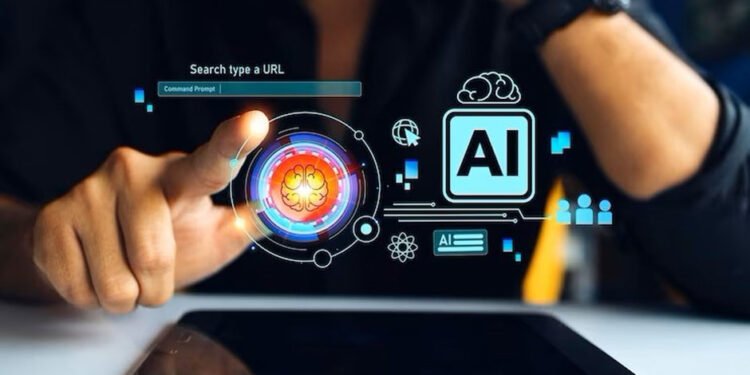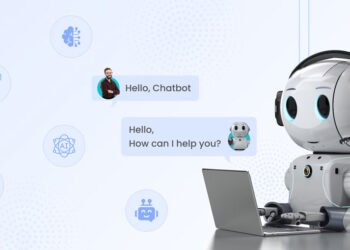Creativity once felt like the one thing technology could not touch. But the arrival of intelligent automation has changed that perception. Artificial intelligence is no longer just a tool for efficiency. It has quietly become a catalyst for creative breakthroughs across industries, helping professionals reimagine the way ideas take shape.
Within a short time, AI automation tools have evolved from simple assistants to powerful collaborators. They now influence everything from marketing to design, writing, and decision-making. The result is a faster, smarter, and far more inventive workplace where human creativity takes center stage instead of repetitive effort.
1. Breaking Creative Blocks
Every professional faces creative droughts. Inspiration refuses to appear, and ideas feel stale. AI helps shatter these moments of stillness by offering rapid prompts, alternative directions, and new perspectives. For instance, content creators can feed a few keywords into AI-powered writing tools to receive outlines, taglines, or narrative angles they might never have considered. Designers can do the same with visual tools that generate color schemes or mood boards instantly. The flow of suggestions does not replace imagination; it fuels it.
2. Transforming Repetition into Discovery
Repetitive work often drains creative energy. Data sorting, formatting, or process tracking leaves little room for original thought. AI automation turns those once-boring tasks into moments of discovery. When mundane work is handled automatically, attention shifts to problem-solving, experimentation, and conceptual work. This change transforms the daily grind into an environment where new ideas can breathe freely. It makes innovation a continuous process, not a rare event.
A New Focus on Meaningful Work
When routine operations run smoothly through AI systems, individuals spend more time interpreting outcomes and finding creative solutions. The energy saved from administrative labor goes into designing strategies, exploring user experiences, or refining products. It is no longer about completing tasks but about discovering smarter ways to create value.
3. Unlocking Collaboration Across Teams
Collaboration among teams often struggles when employees are separated by distance, time zones, or expertise. AI bridges that divide by offering intelligent summaries, automated task updates, and shared creative spaces. It aligns every member with clear, real-time information, allowing faster brainstorming and decision-making. An engineer and a marketer can now work in perfect rhythm because AI interprets complex data into simple, actionable insights. The tools act as silent translators, connecting diverse skills and creative visions into a single unified process.
4. Enhancing Decision-Making with Insight
Every creative process involves choices, such as what to prioritize, how to structure ideas, and where to take a project next. AI offers clarity through predictive analytics, audience analysis, and content optimization. These insights help professionals make smarter creative calls without guesswork. The beauty lies in balance: intuition guides the concept, and AI provides the evidence to refine it. It turns data into a creative compass that points toward stronger outcomes.
Turning Data into Inspiration
Numbers and analytics used to feel mechanical. AI transforms them into living insights that inspire innovation. Revealing what people respond to most helps teams adapt their approach and craft ideas that connect more deeply with audiences. The creative process becomes more dynamic and informed, leading to outcomes that resonate.
5. Speeding Up the Path from Idea to Reality
Great ideas lose power when delayed by execution hurdles. AI speeds up this journey from thought to product. Whether it’s generating prototypes, writing first drafts, or simulating workflows, these tools compress the timeline between concept and delivery. Deadlines no longer feel suffocating; they become creative challenges met with agility and precision. Quick feedback cycles and instant experimentation keep imagination flowing without interruptions.
The growing role of AI automation tools proves that technology can enhance human creativity rather than limit it. These systems eliminate repetitive strain, amplify collaboration, and inject data-driven insight into artistic thinking. They act as creative partners who make innovation a daily experience instead of an occasional spark. Modern workplaces thrive when technology supports imagination, not replaces it.












